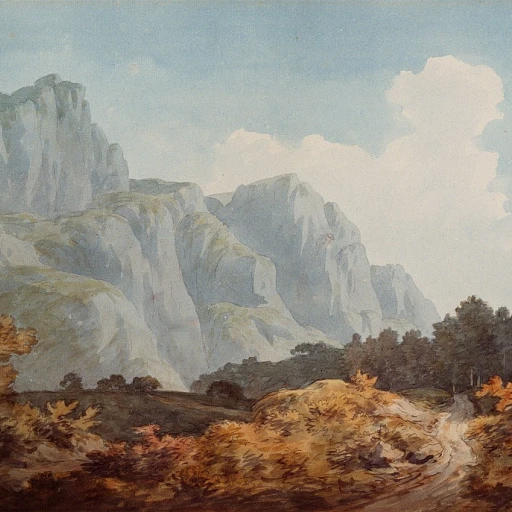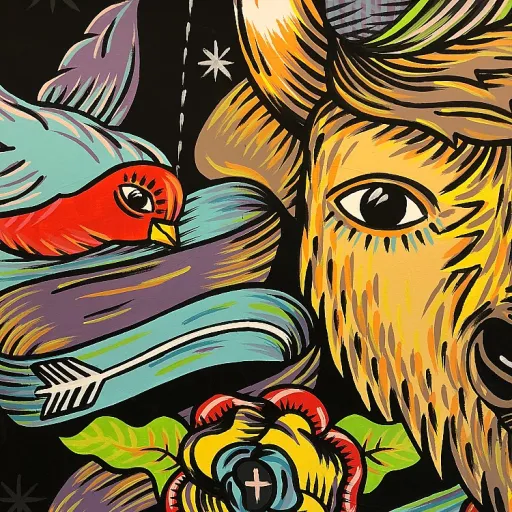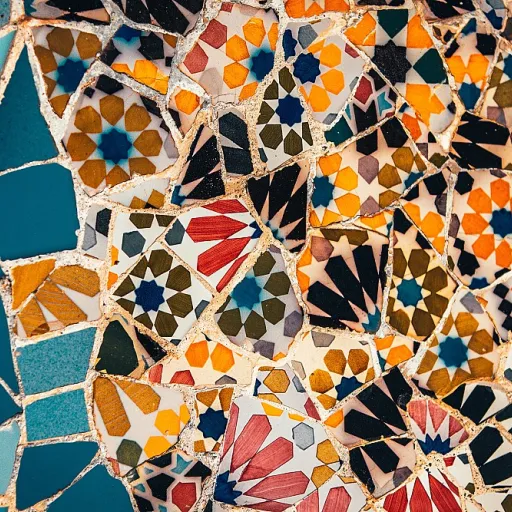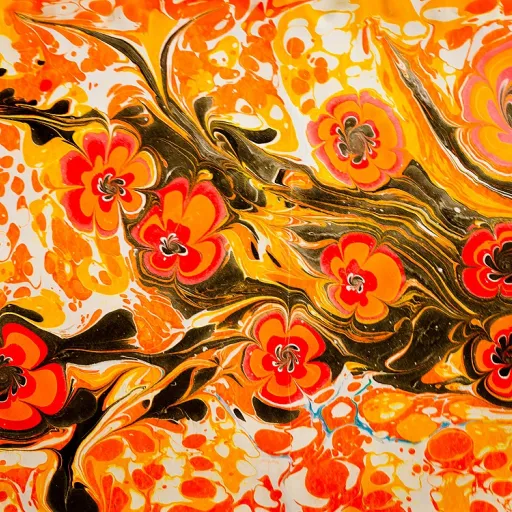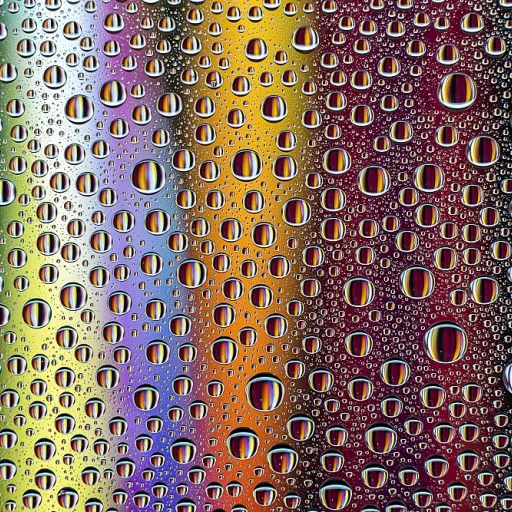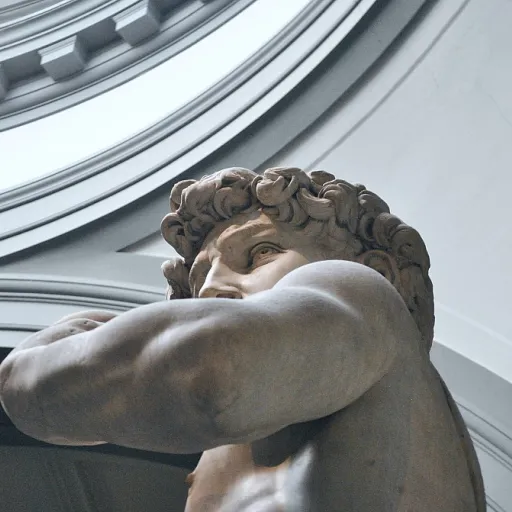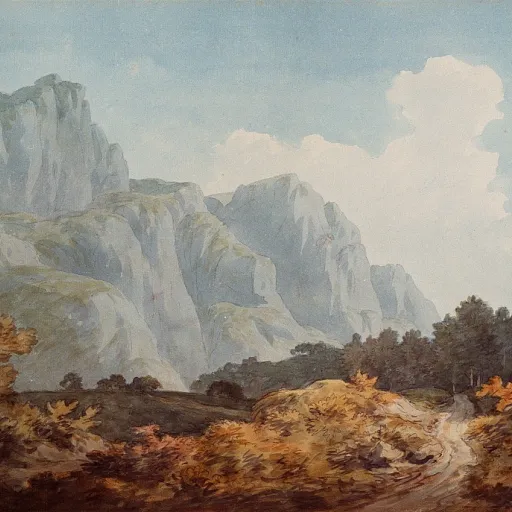-teaser.webp)
Understanding the Art of Restoration
The Intricate Process of Bringing Masterpieces Back to Life
When it comes to art restoration, understanding the delicate balance between preserving an artwork's original essence and reviving its former glory is crucial. This meticulous process requires a deep knowledge of techniques, materials, and history. Fine art restoration involves confronting the realities of time and environmental factors that inevitably affect pieces in collections.
Artworks, whether they are paintings, antique frames, or sculptures, demand a careful conservation strategy. Professionals in the field employ a variety of services such as cleaning, structural repair, and aesthetic reintegration to ensure that each piece retains its cultural value and visual appeal.
For those looking to delve deeper into the art world, exploring how a restoration studio operates offers fascinating insights. These studios are often equipped with state-of-the-art tools and techniques designed to tackle the diverse challenges presented by different artwork mediums.
The art of portraiture restoration is one such niche, where restorer expertise can redefine the viewer's connection to a historical period or artistic movement. Here, conservation services are not just about technical skill but also about respecting the soul of the piece.
Understanding the restoration process is a learning journey in itself, as each project unfolds its own unique set of challenges and rewards.
The Importance of Local Expertise
Recognizing the Role of Local Talent
The intricate art of restoration requires keen expertise, often found within the local communities surrounding prestigious artwork collections. The importance of tapping into these local skill sets cannot be overstated, as their deep understanding of regional materials and techniques frequently proves invaluable. Local art conservators and restorers, possessing a wealth of experience, often provide tailored services for luxury pieces. Their proximity allows for consistent evaluation and timely interventions, which are crucial for ensuring the longevity of a piece. This is especially true for restoration projects and conservation services, where quick access to a specialized professional can mean the difference between the thriving preservation of a masterpiece and its gradual decline. In the realm of art, particularly when dealing with museum quality or antique restoration, local expertise offers significant advantages. These specialists' familiarity with the unique characteristics of artworks and historical artifacts from their region often enhances the restoration process significantly. Furthermore, they are adept at aligning their restoration services and treatment techniques to mitigate environmental nuances and potential challenges that pieces face. The significance of assembling local teams with comprehensive framing and cleaning knowledge extends beyond practical convenience. It nurtures a sustainable network that fosters meticulous art conservation and embraces the cultural identity of artworks. Engaging such services ensures not only the repair of paintings and frames near their home but also fortifies their legacy. Exploring these regional talents and their presence in fine art conservation leads us to a deeper appreciation of their contribution to art preservation. For an immersive experience into a culturally rich luxury art world, explore this journey into embracing the I Believe wall with its inspiring exploration of art spaces.Challenges in Restoring Luxury Art
Overcoming Restoration Challenges in High-Value Art
Restoring luxury artwork involves a meticulous process, laden with various challenges that art conservators must adeptly navigate. These challenges stem from the myriad of delicate materials and intricate details that comprise high-value pieces and the potential for irreversible damage without precise methods.
The first challenge lies in identifying the appropriate conservation solutions that suit each specific piece. Famous paintings or antique frames often require tailored conservation services to maintain their integrity. These services must encompass a deep understanding of materials such as old paint layers, fragile canvases, and timeworn wood, which need careful cleaning and respectful preservation techniques.
Another significant challenge is the execution of the actual repair and restoration tasks. The process of repairing an artwork calls for a blend of scientific knowledge and artistic finesse. Restorers must distinguish between natural aging signs that enhance a piece’s historic value, and damage that necessitates intervention.
Locating the right resources is a persistent issue, too. Art restoration services require access to specific tools and materials that might not be readily available in every locale. In cities like San Francisco, for instance, restoration studios might have the proximity advantage, yet finding the top experts often demands looking at surrounding collections or collaborations with renowned establishments to ensure museum quality results.
These restoration efforts also face logistical considerations. Coordinating the transport of valuable artwork, whether for framing, treatment, or extensive conservation, adds another layer of complexity. Restoration studios must offer seamless logistics services to guarantee the safe handling and minimal disturbance to the artwork.
In sum, despite the formidable challenges, through experienced handling and strategic planning, the conservation restoration of fine art can breathe new life into historical pieces. Practically speaking, intricacies such as choosing the right cleaning processes and preservation measures, coupled with professional art installation practices, anchor a successful restoration project.
Selecting the Right Restorer
Choosing the Right Expert for Art Renewal
Finding the perfect restorer for your priceless pieces can indeed be a daunting task. Yet, it is an essential step in ensuring that your artwork is lovingly brought back to life. When you're considering art restoration and conservation, specific factors should be kept in mind to make an informed choice.- Experience Matters: The most crucial factor is the restorer's experience with similar restoration projects. Delicate pieces, whether paintings or antique frames, demand not only tactical skills but also an understanding of the artwork's historical and cultural significance.
- Services Offered: Art restoration is a multifaceted process. Whether you need painting restoration, cleaning, conservation, or framing, ensure you choose a service provider with comprehensive offerings. The presence of a capable restoration studio near you can also make the process more convenient.
- Reputation and Reviews: Reputation is everything in the art world. Seek out reviews or testimonials from previous clients. This could provide insights into the restorer's capability and reliability in handling museum-quality collections.
- Inspection and Consultation: A professional restorer should carry out a detailed inspection and provide a consultation before commencement. This initial step helps establish the required conservation services, allowing you to understand the proposed treatment and repair plans.
- Preservation Techniques: Choosing a restorer versed in modern and seasoned preservation techniques ensures the longevity and enhanced beauty of your piece. The surrounding environment, including considerations of temperature and humidity, can play a significant role in the conservation process.
Case Studies of Remarkable Restorations
Noteworthy Restorations Showcasing Talent
In the world of art, the meticulous art restoration and conservation efforts can breathe new life into historic pieces. When considering restoration services, it's important to look at past projects that have demonstrated exceptional skill. By learning from these case studies, enthusiasts can appreciate the intricate process involved in transforming a fragile, time-worn piece into a revitalized masterpiece.
One prime example is a restoration project involving a famous antique painting that had undergone decades of wear. The process of cleaning and conservation restoration revealed colors and details not seen before by the naked eye. Through careful treatment and the use of advanced conservation services, the restoration studio achieved museum quality results. The painting restoration not only elevated the piece's aesthetic beauty but also ensured its longevity for future generations to enjoy.
Another exemplary case involves restoring a closed art collection with multiple pieces, requiring various services art experts to tackle the different challenges presented. Each piece had unique issues, from framing repairs to surface cleaning. The restoration learnings and specialized techniques applied by the restoration Artists ensured that these pieces, now part of prominent art installation displays, retained their original charm and significance.
An insightful project near San demonstrated the delicate balance needed in antique restoration. The piece in question was an old wooden frame surrounding an iconic artwork. The frame had suffered from humidity and insect damage over the years. With precise care, the repair team employed conservation restoration methods to stabilize and enhance the frame's structural integrity, ultimately conserving the artwork as a whole.
These prominent restoration projects underline the critical role of selecting skilled artisans with profound experience in restoration conservation. By examining such case studies, art lovers can gain a deeper appreciation of the expertise required to maintain the integrity and beauty of cherished artwork pieces.
Future Trends in Art Restoration
The Evolving Landscape of Art Conservation
The art and restoration industry is continuously evolving to incorporate innovative methods ensuring enhanced preservation and conservation of valuable pieces. Emerging technology plays a pivotal role in shaping the future of art conservation, with various tools and techniques being adopted to safeguard artwork like never before.
One of the groundbreaking advancements is the development of nanotechnology in art conservation. These microscopic particles are employed in treatments and cleaning processes, allowing for more precise control and minimal invasiveness when repairing and preserving pieces of art.
Digital mapping and 3D scanning have also gained prominence, offering detailed imagery that assists experts in planning conservation strategies with unprecedented accuracy. Such mapping allows art restorers to anticipate and address potential issues before they arise, especially in complex restoration projects.
With the increasing recognition of the importance of sustainable practices in conservation, there is a strong push towards environment-friendly materials and solvents. Conservationists are committed to reducing their carbon footprints while ensuring the longevity of artworks, aligning with global eco-friendly trends.
Furthermore, art restoration services near prominent collectors and antique dealers are becoming more accessible, fostering a closer relationship between local expertise and international collections. This geographical proximity facilitates regular maintenance and specialized conservation services, contributing significantly to the preservation of artworks in high-value collections.
Educational programs are amplifying the expertise within the field, with specialized courses gaining popularity worldwide. This surge in training emphasizes the importance of passing down traditional techniques while integrating modern practices, thereby balancing historical knowledge and contemporary innovation.
As the next generation of art restorers step forward, the blend of technological advancements with honored traditional skills signals a bright future for the preservation of luxury art. This evolution not only enhances the integrity of artworks but reaffirms their significance in cultural heritage, embracing a broader understanding of art conservation.




